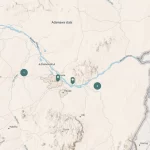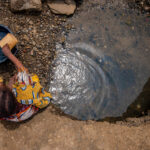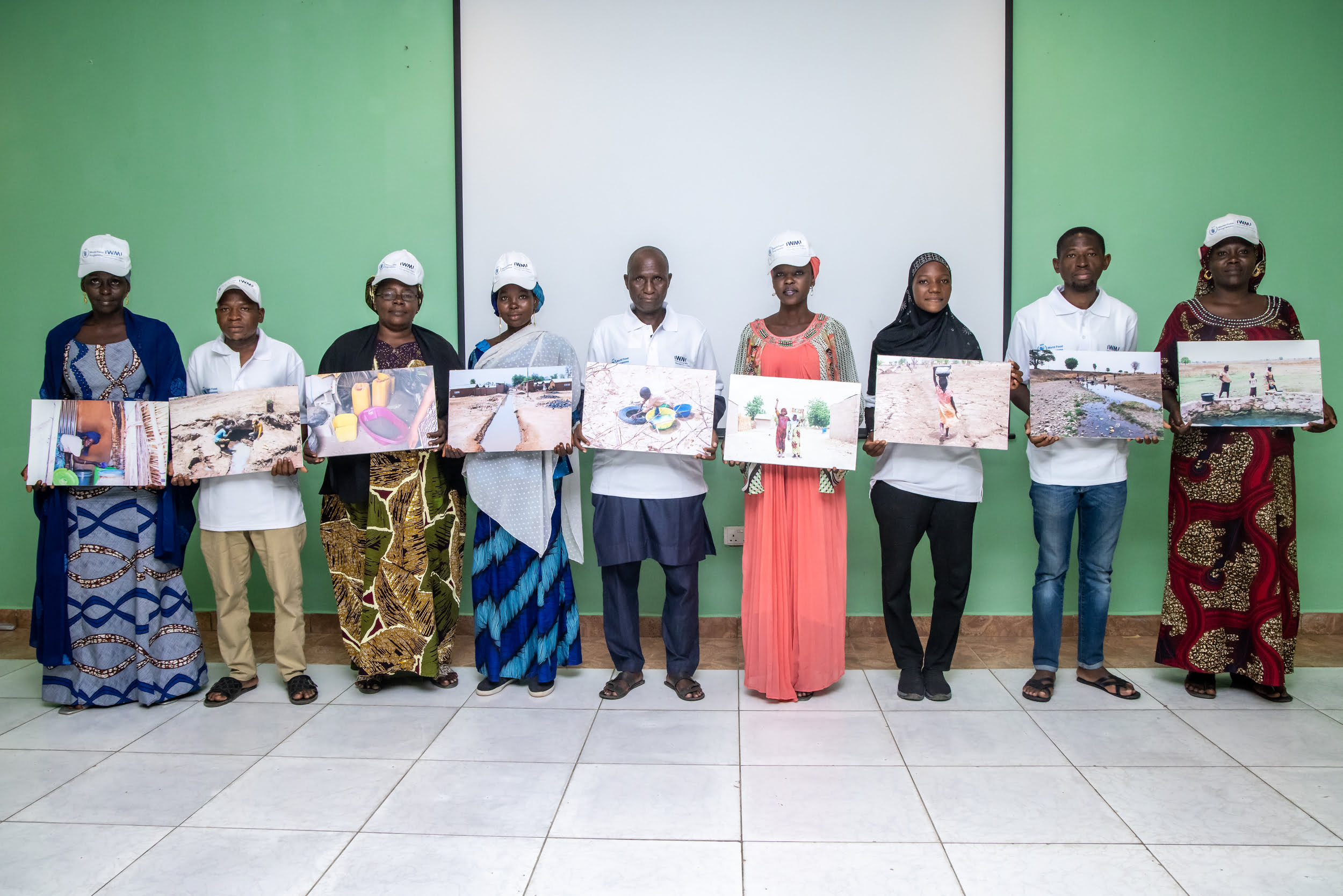In Search of an Oasis
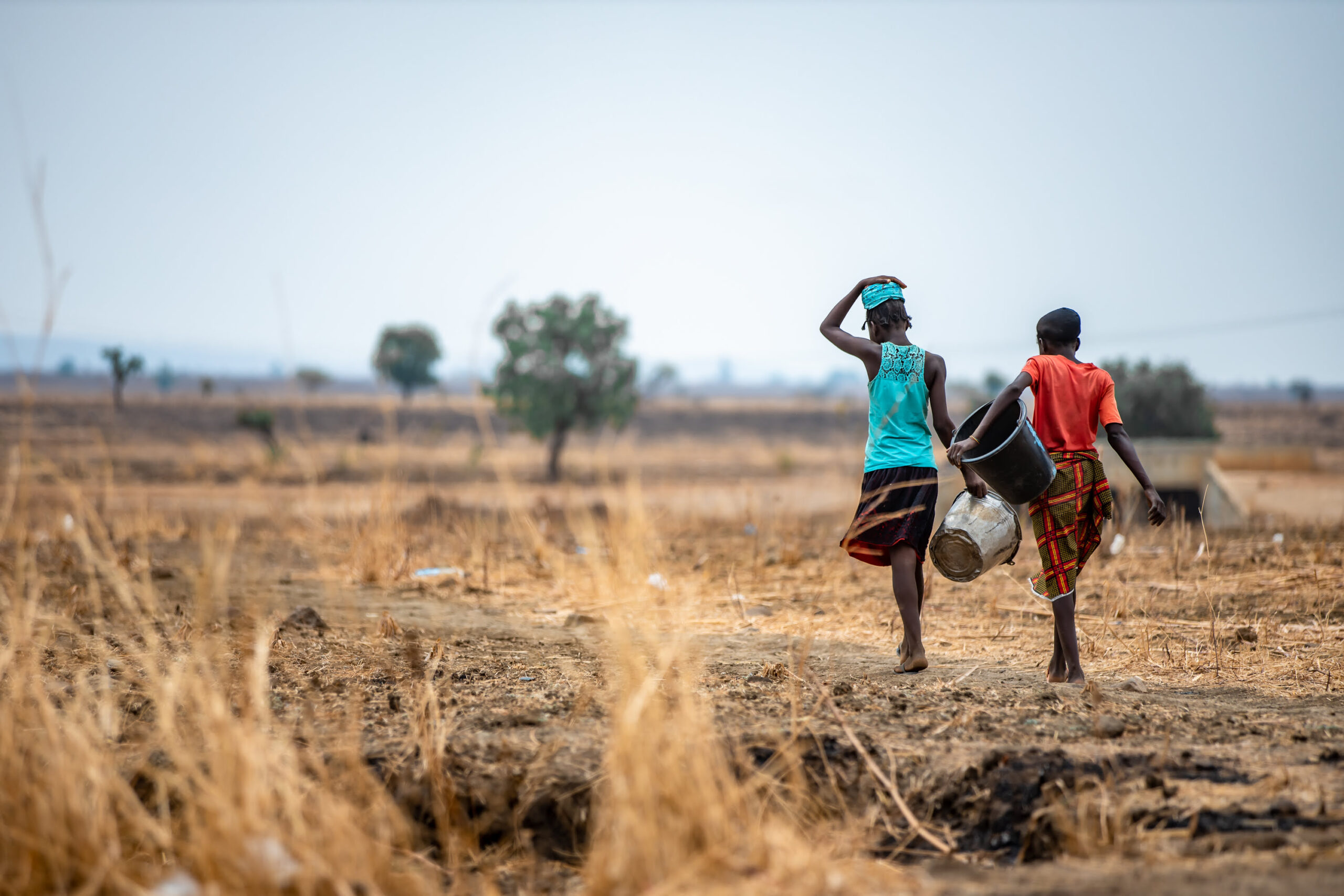
This is a participatory Photovoice research carried out in three rural communities in Adamawa State to unravel the specific complexities and gender dynamics around water systems in fragile and conflict-affected communities.
It aims to empower communities to speak out their needs through visual storytelling, and recommend intervention strategies and programming needed to effectively address specific challenges in water systems of fragile and conflict-affected communities. Many of the photos in this essay were captured by participants in a Photovoice research project. For this work, community members used photography to capture and share their daily water struggles in searching for water. In partnership with the World Food Programme (WFP), this work was supported by the Norwegian Government under the project titled ‘Learning Support for a Sub-Saharan Africa Multi-Country Climate Resilience Program for Food Security,’ and by the donors who fund the CGIAR Research Initiative on Fragility, Conflict, and Migration (FCM), through their contributions to the CGIAR Trust Fund. Image credits are those of the original photographers.
*not their real names.

Photo Credit: ©Dinovate/Joe Bala for IWMI
It’s a few minutes after 2 a.m in Dumna-Zerbu village, Adamawa State. In this arid landscape, the sound of running water is more myth than reality.
While most of the world sleeps peacefully, here, life begins in the dead of the night. One by one, villagers emerge from their homes, guided by the cool breeze drifting down from the Sahara. Soon, they will coax their weary feet to embark on a two-and-a-half-kilometre trek to the nearest clean water source.
This journey for water isn’t an occasional chore; it’s the rhythm of life in Dumna-Zerbu. As the darkness gives way to the faint grey of dawn, exhausted feet will scramble over rocky terrain and navigate winding paths while clinging tightly to the precious elixir of life. Here, every drop of water is precious, every drop of water counts…
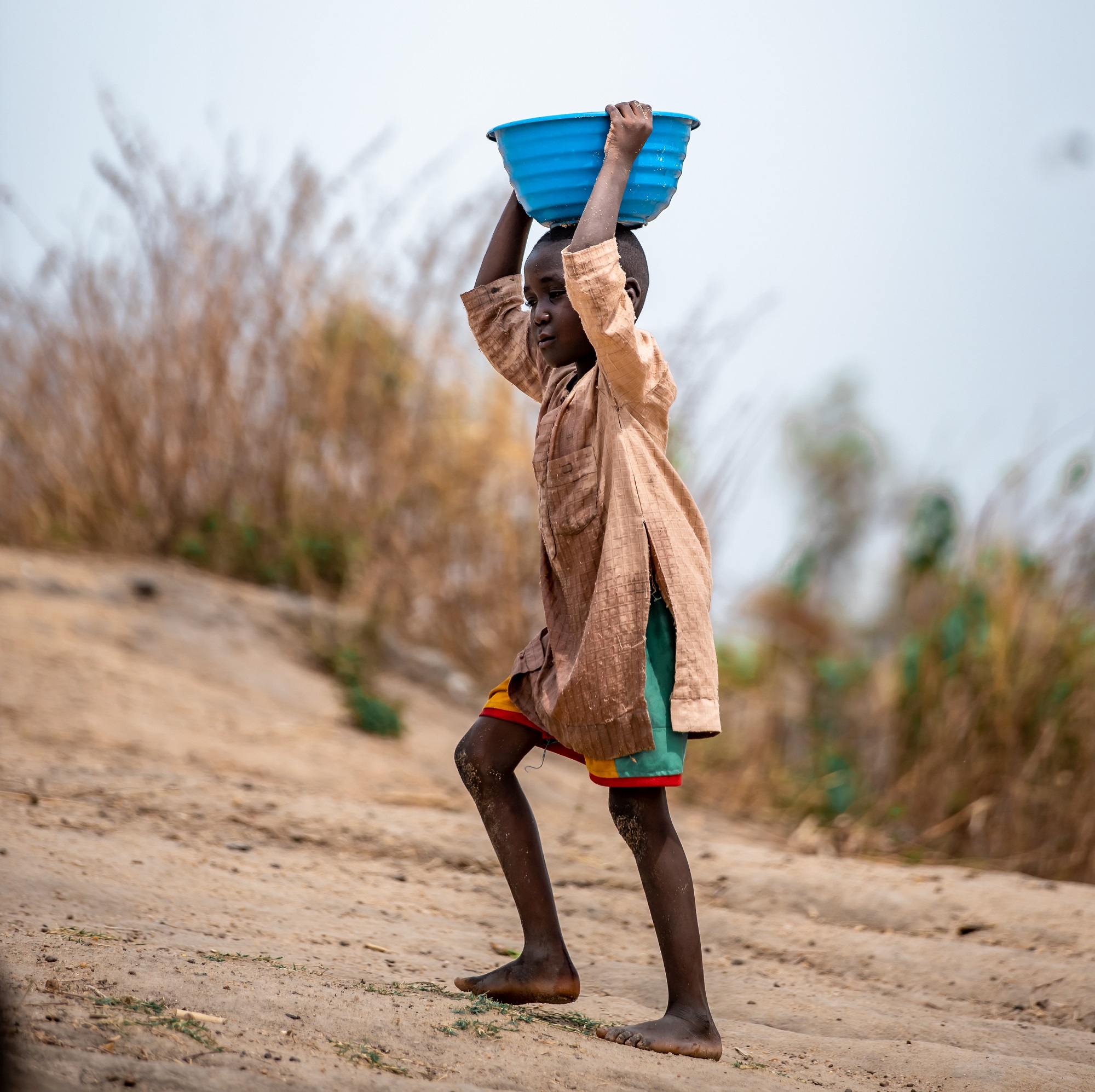
Photo Credit: ©Dinovate/Joe Bala for IWMI
Despite advances in technology and infrastructure, over two billion people worldwide still lack access to safe drinking water. Climate change, population growth and urbanisation worsen this crisis.
Even while Nigeria’s economic strength grows, the country is forced to contend with compound challenges related to fragility, conflict, and migration (FCM). In Northern Nigeria, in addition to the Boko Haram insurgency, climate change is exacerbating existing vulnerabilities and causing severe socioeconomic impacts. After Borno, Adamawa State hosts the second-highest number of internally displaced persons in Northeast Nigeria.
In conflict-ridden regions like Dumna-Zerbu, Malkohi and Sangere, water scarcity adds to the daily battle for survival, deepening the cycle of suffering and stunting development.

